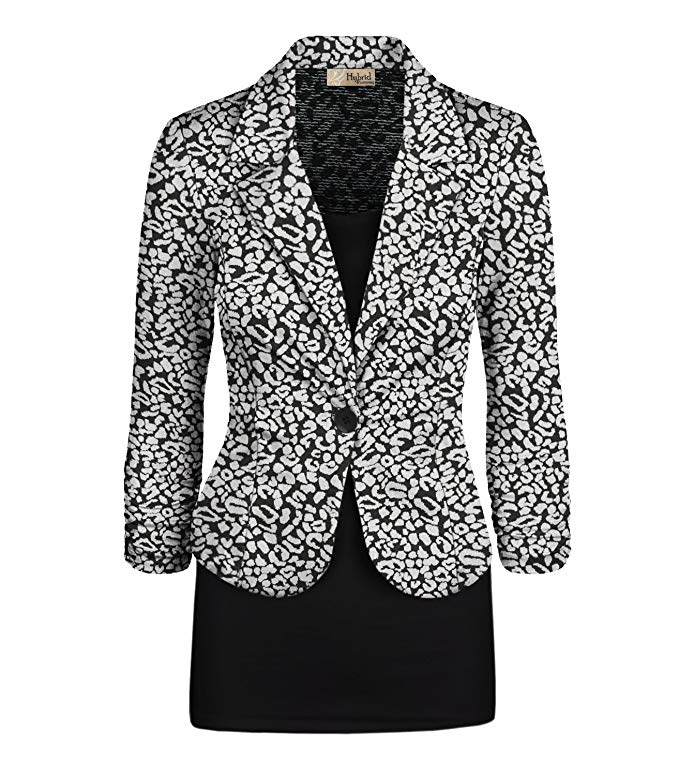Colour Change: Regain your Sparkle
As we age, we undergo a seachange in colour. For most of us, our colour has changed with each decade. What you could wear when you were 40 you often cannot wear when your 50 or 60. BUT, you may be able to wear it again when you hit 70!
This happened for me with Lilac and all things purple. Lilac/purple was always one of my colours until I entered my fifties. When I wore it, I looked exhausted. And yet today, in my seventies, it works for me again. Why? Because my hair colour and my skin tone are both different … clothing colours have changed of necessity to complement the changing colour of both. If it hasn’t happened to you yet … it will.
Learning to use a colour wheel may save you …
What is a Colour Wheel
A wheel showing you how each colour is created from the three primary colours: red, blue and yellow. Give yourself a head start this spring and get a Color Wheel Pocket Guide with Gray Scale Value Finder. So easy to use …

When you understand a colour wheel’s basic layout and how secondary and third-stage colours are created, you will see the colours that complement each other and those that should never be paired together. Although having said that we all remember such adages as Blue and Green should never be seen which are clearly false!
Always go for colour in threes. Or stick with twos.
In every outfit you choose, wear three colours or less. For example, complement a blue dress, with two matching colours from the colour wheel such as wearing emerald-green shoes and carrying a light-green handbag. Do not add a yellow scarf! Four colours is overkill.
Pair an analogous colour with another. Analogous colours sit next to each other on the colour wheel. They are similar to each other in hue and tone, so wearing an outfit combining two or even three analogous colours will work for you. The Shades Color Swatches System Guide is fabulous if you’re not sure if this goes with that. Love it!
Colour mixes better avoided are:
□ Black and brown
□ Black and navy
□ White and cream
BUT, you can get away with using these colour duos if the colours are very different. For example, light brown combined with black will work. Choosing the right brown can be tricky, so if you are not a professional stylist, either get some help or just leap in with both feet! Something like this Ted and Jack – Oversized Classic Leopard Print Fashion Scarf (Black and Brown) is very stylish … and hot!

Colour Categories:
Start thinking of all your colour as fitting into one of four categories …
▸ neutral
▸ cold
▸ warm
▸ warm neutrals
Learn how to choose colours from different categories. An example is combining blue, yellow and white … two colours and one neutral which work well together. We all know black & white or black & grey, are two neutrals that create stunning outfits. A Women’s Casual Work Blazer accessorised with red or bright green or yellow will look incredibly chic and stylish.

Match lighter and darker shades of the same colour to create a chic, stylish outfit. Dark green and light green, or navy blue and pale blue, are simple, but stylish combinations.
Play with your colours and use the colour wheel to help. It’s unlikely you will be able to wear the colours you wore when you were younger, but now you have a way of finding what really works for you.
And always remember Fashion fades but style is eternal If the colours of the season don’t work for you, don’t wear them! BUT, if they are what you need, stock up! It may be another 10 years before what works for you returns to the shops!








